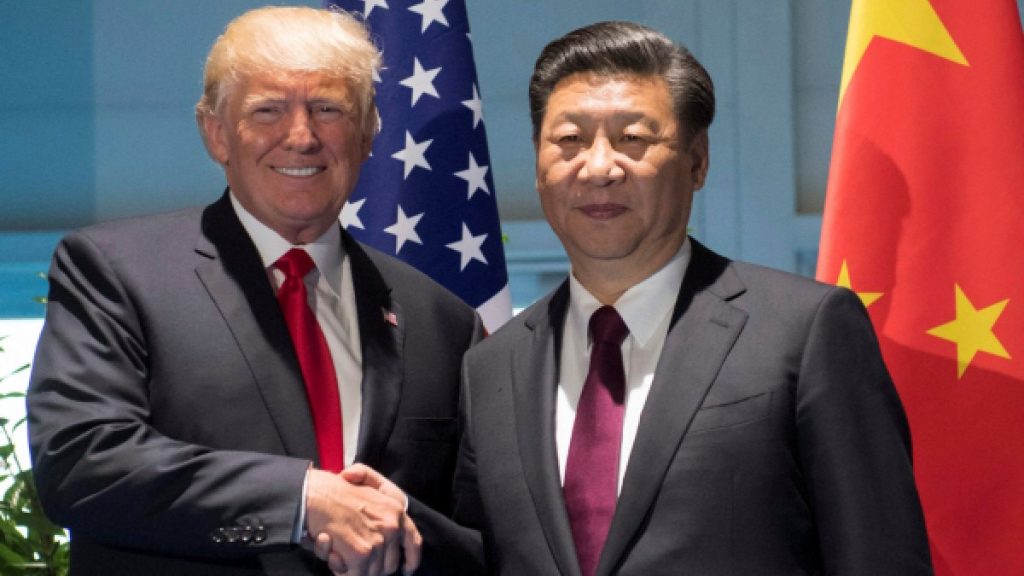In a dramatic escalation of trade tensions, U.S. President Donald Trump on Friday announced that the United States would impose an additional 100 % tariff on imports from China, to take effect November 1 or sooner.
The tariff increase is a direct response to China’s recent expansion of export controls on rare earth minerals and related technologies, which Washington views as a severe threat to U.S. industries reliant on those materials.
In his statement, Trump emphasized that the new 100 % duty would be “over and above any tariff they are currently paying.” In addition to the tariff hike, the administration plans to impose export controls on “any and all critical software” bound for China.
Diplomatic Tension: Meeting with Xi Uncertain but Not Cancelled
While Trump had previously hinted at pulling out of a scheduled meeting with Chinese President Xi Jinping, he later clarified that the meeting has not been formally cancelled He told reporters:
“I haven’t canceled … I would assume we might have it.”
Still, Trump expressed doubts about whether the meeting would ultimately take place, citing strained relations and China’s recent moves as complicating factors.
Beijing, for its part, has not officially confirmed the meeting.
Market and Global Reactions
Markets responded sharply to the announcement: U.S. stock indices fell, reflecting investor anxiety about the renewed trade confrontation.
Analysts warn that the massive tariff increase, coupled with export controls, could reverberate across global supply chains—especially for critical technologies dependent on Chinese rare earths and software inputs.
Some observers also point out that Trump’s threat might leave room for recalibration: in his statement, he hinted that adjustments could be made depending on China’s future actions.
Strategic Implications
- Supply chain shock: The imposition of a 100 % tariff will likely raise costs dramatically for U.S. firms that import Chinese components, particularly in tech, electronics, and defense sectors.
- Diplomatic risk: If negotiations break down or the Xi meeting is cancelled, the escalation may precipitate a broader confrontation.
- Leverage in talks: The U.S. appears to be signaling that China’s export control measures have crossed a red line—and is using the tariff and export control tools as leverage.
- Retaliation possibilities: China could respond with additional trade or regulatory countermeasures, including further restrictions on U.S. firms.
Trump’s announcement represents one of the most aggressive escalations in the U.S.–China trade conflict in recent months—yet his decision to leave the door open for a meeting with Xi suggests a dual track of confrontation and diplomacy. As both sides brace for possible retaliation, global markets and industries dependent on Chinese inputs will be watching closely in the days ahead.








